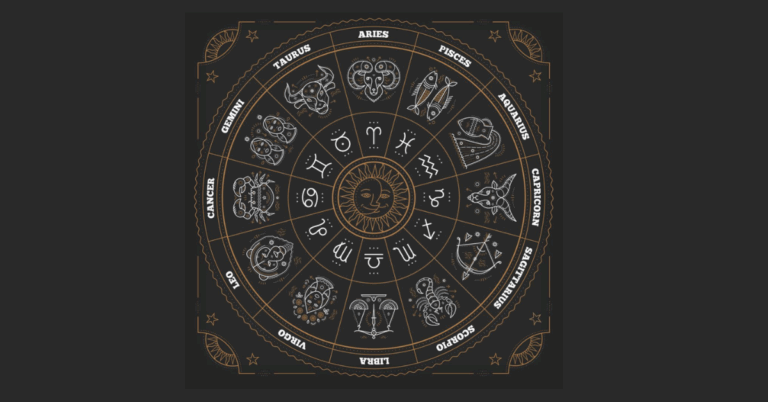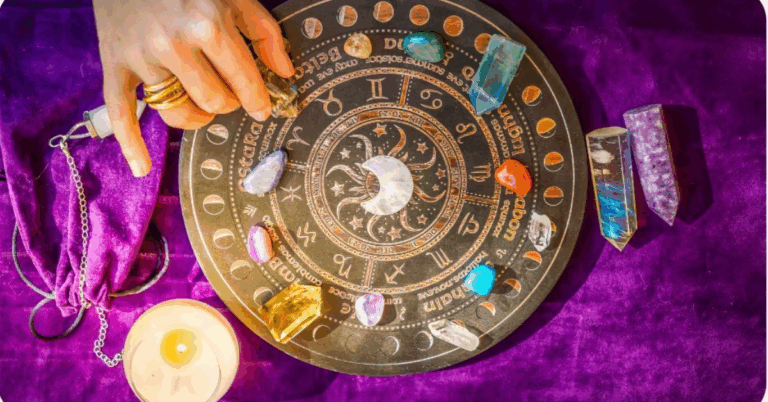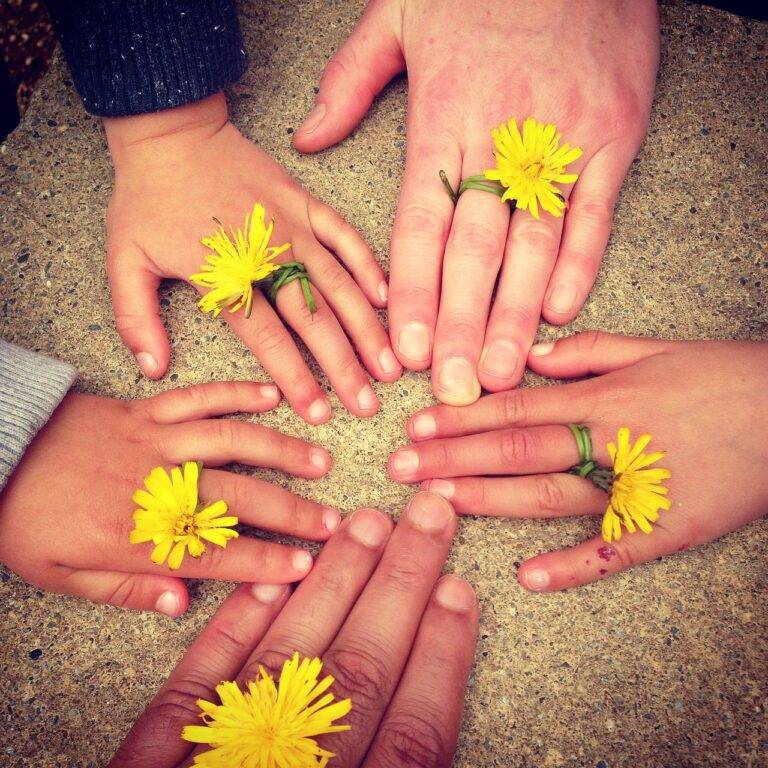The Psychology of Color in Fashion: How Clothing Choices Reflect Personality
Colors have a profound impact on our mood and emotions, influencing our perceptions and behaviors in subtle yet powerful ways. Research has shown that different colors can evoke specific feelings and reactions in individuals, ultimately shaping their overall emotional state. For example, warm colors like red and yellow are often associated with energy, passion, and excitement, while cool colors like blue and green tend to evoke feelings of calmness, serenity, and tranquility.
Moreover, the psychological effects of color can vary depending on cultural and individual differences. While certain colors may have universal meanings, such as red being commonly associated with love or danger, the significance of colors can also be influenced by personal experiences and societal norms. This complexity highlights the dynamic nature of color psychology and underscores the importance of considering various factors when interpreting the impact of color on mood and emotions.
Identifying the Different Meanings of Colors in Fashion
Red in fashion often signifies power and passion. Many designers use this bold color to make a statement on the runway, while others incorporate it in smaller doses for a pop of excitement in their collections.
On the other hand, blue is frequently associated with calmness and stability in the world of fashion. The color is often used in business attire to convey professionalism and trustworthiness. In streetwear, blue can symbolize a laid-back and approachable vibe, making it a versatile choice for many different fashion styles.
Exploring How Personal Experiences Influence Color Choices
When it comes to selecting colors for our clothes, interior design, or any other aspect of our lives, personal experiences play a significant role in shaping our choices. These experiences can range from childhood memories to significant life events that have left a lasting impression on us. For example, someone who grew up surrounded by vibrant and colorful artwork may lean towards bold and bright colors in their creative endeavors. On the other hand, an individual who associates a particular color with a happy moment from their past may be drawn to that color for its positive connotations.
Furthermore, personal experiences can also influence our color choices in a more subconscious way. Certain colors may evoke strong emotions or memories that we may not even be fully aware of. For instance, a person might find themselves inexplicably drawn to shades of blue because it reminds them of calm and peaceful moments by the ocean during a time of stress in their life. These subtle connections between our experiences and color preferences can reveal a lot about our underlying emotions and psyche.
How does color impact mood and emotions?
Colors have the ability to evoke different emotions and moods. For example, warm colors like red and orange can create a sense of energy and excitement, while cool colors like blue and green can evoke feelings of calmness and tranquility.
How do the meanings of colors in fashion vary?
Colors in fashion can have different meanings based on cultural and personal associations. For example, in Western culture, white is often associated with purity and innocence, while in some Asian cultures, white is a symbol of mourning.
How do personal experiences influence color choices?
Personal experiences play a significant role in determining our color preferences. For example, someone who had a positive experience associated with the color blue may be more inclined to choose blue clothing or decor items.
Can color choices reflect one’s personality?
Yes, color choices can reflect aspects of one’s personality. For example, someone who gravitates towards bold, vibrant colors may be seen as outgoing and creative, while someone who prefers neutral tones may be perceived as more reserved and practical.







